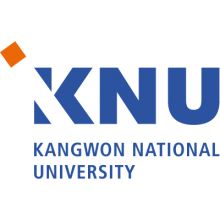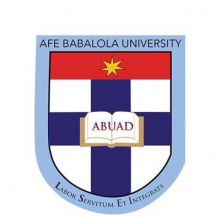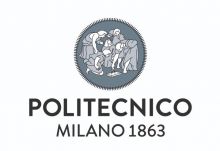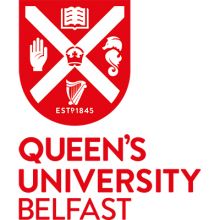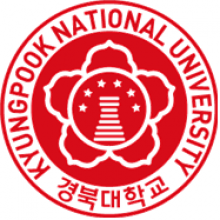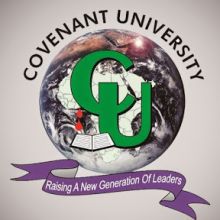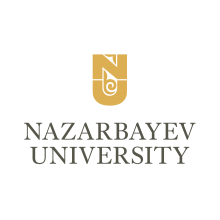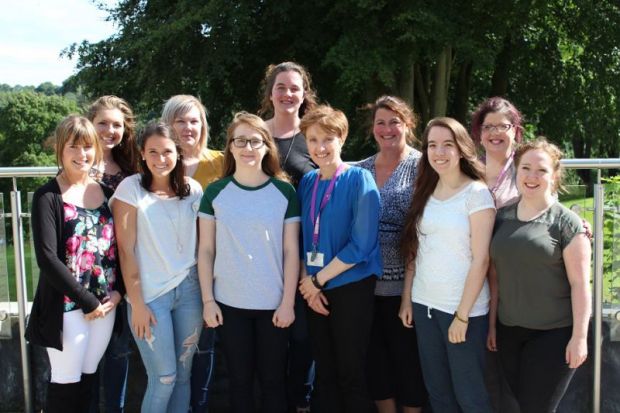
Rhea Halley is an adult nursing student at Robert Gordon University
I am a student at Robert Gordon University and am undertaking a three-year nursing degree. I am specialising in adult nursing and am reaching the end of my second year. RGU has a balanced course of practical and theory.
I was lucky to be part of the exchange to the University of Tennessee, Knoxville. Together with three other RGU students, I arrived at the beginning of July. The exchange programme involved a variety of clinical placements. We visited different wards including step-down trauma, accident and emergency, cardiac, operating theatres, the cancer institute, the neonatal intensive care unit and maternity.
In Tennessee we discussed theories of policy, social experiences and took part in a simulation class. We were presented with a patient scenario and students had to react while being watched on camera by fellow students and lecturers. This was a good opportunity for discussion about what the students did well and where they could improve.
As well as being in a clinic setting, we experienced a community setting in a rural area. One Saturday we went to the RAM clinic, which stands for remote area medical. The RAM clinic is for people without health insurance and is run by volunteers who have a variety of medical experience. RAM covers medical, dental, women’s health and vision. The patients can turn up to clinic and in the same day leave the clinic with a new pair of glasses or have a tooth out free of charge. Patients camp in the car park overnight and queue for hours to ensure they get seen. It is a well-used service.
To put things into perspective, in the private healthcare setting, it would cost $150,000 approximately, on top of insurance, for any heart surgery. For the helicopter to leave the ground it costs $20,000 before any medical treatment.
There are many differences between the US and Scotland, the main one being the private healthcare system in America. The US also has more advanced technology, all patients have individual rooms, there is no maximum wait time for A&E and a machine dispenses and checks the drugs so this requires minimal paperwork.
The experience was invaluable and will stay with me through the rest of my nursing career. I have made lifelong friends and the learning was beneficial. It really opened my eyes and made me realise how lucky we are to have the NHS.
University of Nebraska Medical Center: learning in the lab and on the ward
Applying to medical school is like starting a new relationship
Finding my family at a small medical school
Tokyo’s tiny medical school defied my expectations
Student life at a medical university with a high staff-to-student ratio
Are medical school admissions too competitive?
Ashley Epperley is a nursing student at the University of Tennessee, Knoxville
Being a part of the exchange programme between Robert Gordon University and the University of Tennessee, Knoxville far exceeded expectations. As a senior with the dream of one day nursing internationally, I jumped at the opportunity to participate in a programme that would allow me to experience the health service in Scotland.
The programme gave me insight into many areas of nursing that I would not experience otherwise. These included ample clinical time in both US and Scottish hospitals in areas such as intensive care, a trauma step-down unit, cancer institutes (radiation and chemotherapy), paediatric operating rooms, emergency rooms, and even a remote area medical clinic (RAM). Interestingly, after spending some time in labour and delivery wards for the first time in Scotland, it is now one of the two areas I am considering after I graduate.
Neither system is superior to the other. However, there were many differences. In the US, it is not uncommon for people to be burdened, take out loans or even go into massive debt because of medical expenses. On the other hand, in Scotland, the NHS provides a virtually free healthcare system.
Another difference was how a student in Scotland chooses to specialise in adult, paediatrics, midwifery or mental health before beginning nursing classes, whereas in America we study all these areas but do not choose our specialty until after receiving our licence and can switch to a different area at any time without having to go back to school.
In America all the charting is done electronically whereas in Scotland most of the charting is still done on paper. I found this to be a valuable skill to have. In fact, to my surprise, I preferred paper charting because everything is right in front of you without having to search for it. At the same time, electronic charting has the benefit of being accessed anywhere in the hospital by another healthcare provider who needs to review the chart.
The final difference between the two nursing schools was placements. At the University of Tennessee, we have one to two days a week on placement in the hospital, whereas students in Scotland are on placement anywhere from 9 to 13 weeks while they work a normal hospital schedule.
While each country has different ways of doing things, each has its own set of challenges, benefits and disadvantages. Awareness of the differences motivated me to question, compare and even innovate by using the strengths of both systems. It was refreshing to discover that the core values, such as serving those in need, were the same in both countries although the procedures and systems were sometimes different. I am grateful to have had this opportunity to experience these differences and observe nursing in Scotland.
I not only gained an appreciation for a new culture, I also developed incredible friendships. The nursing students from Scotland made us feel so welcome, introduced us to some of their families and homes, and helped us feel like locals. Even the staff at the hospitals, clinics and Robert Gordon University played an amazing role in shaping the experience. I will carry these memories and experience with me throughout my career.
Read more: What can you do with a nursing degree?



